Sea Girt Wreck
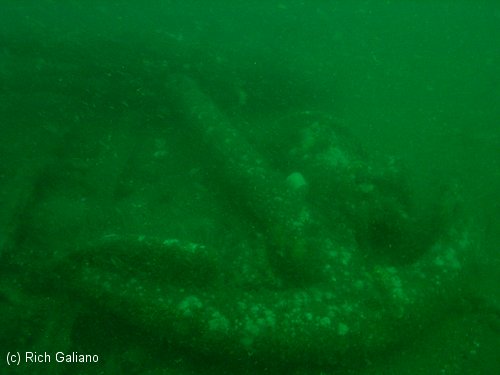
- Type:
- shipwreck, schooner barge
- Depth:
- 80-85 ft
- Sunk:
- early 1900s ?

The "Sea Girt Wreck" is named for its location off the town of Sea Girt. Unless there were casualties, the sinking of an old schooner barge like this often went completely unrecorded, so it is unlikely that this wreck's real name or circumstances will ever be known.
The wreckage consists of two parallel wooden walls 3-4 ft tall, corresponding to the hull sides, with a third much lower wall down the center - the ship's keel. At the east end, the bow is broken down, but an impressive assortment of machinery remains, including a large old-style "Popeye" anchor and chain pile, and a huge winch to raise and lower it. Slightly to the north is a small boiler, although the associated "donkey" engine is missing, probably salvaged shortly after the sinking. At the west end of the wreck, the three walls simply come together, and the wreck peters out.
The "Sea Girt" is quite large for a wooden wreck, perhaps 250 ft or more, approaching the practical limits for wooden ship construction. All of these clues suggest a rather later sinking date for this wreck, probably after the turn of the century. Lobsters can be found in deep holes along the outer walls and in the chain pile. Sea Bass are common, but not so for Blackfish. Also not a great wreck for mussels, but scallops may be found around the bow area. The bottom is clean sand and pea gravel.
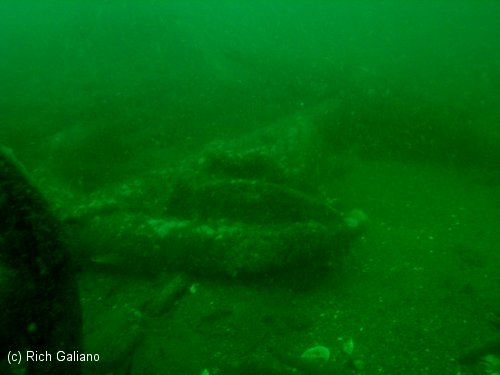
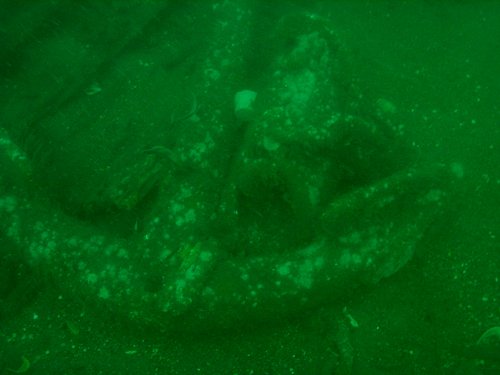
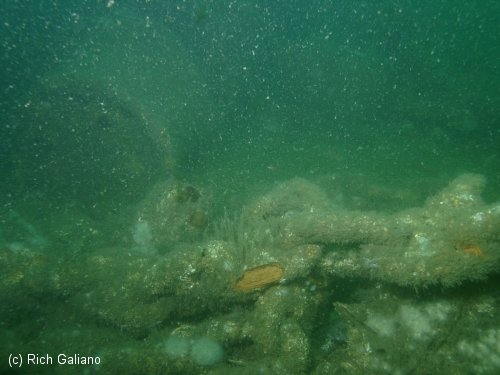
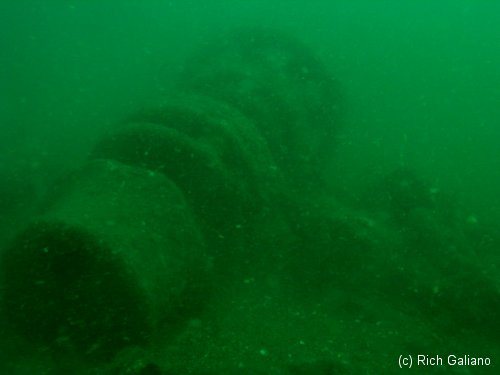
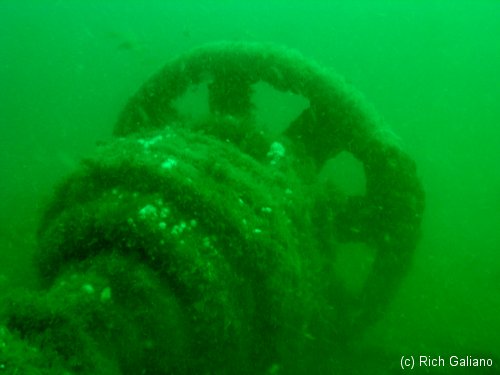
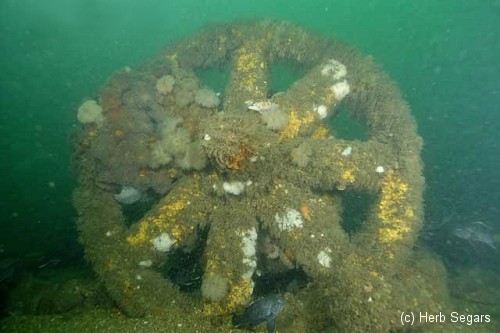
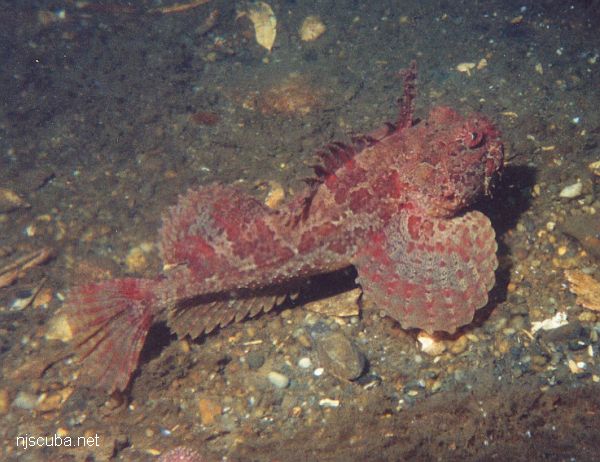
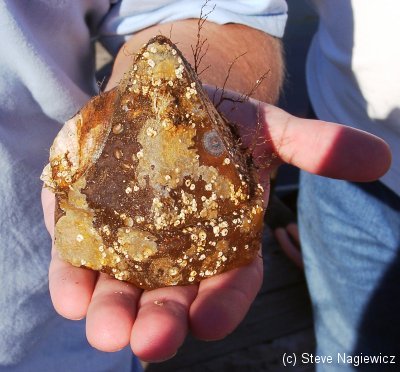

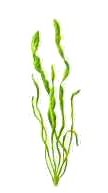
Questions or Inquiries?
Just want to say Hello? Sign the .